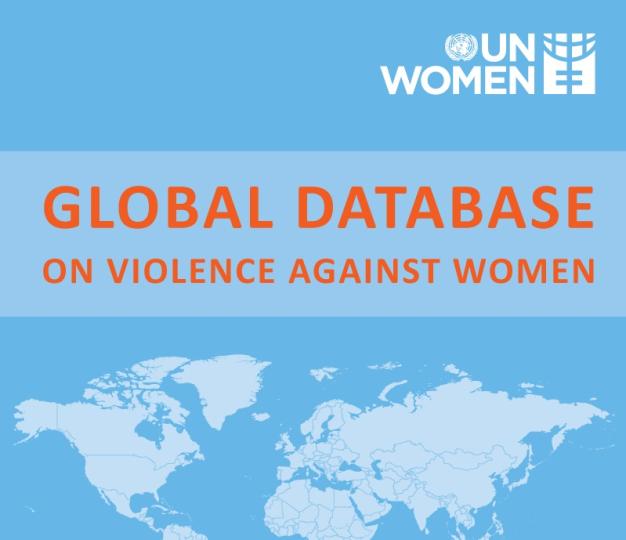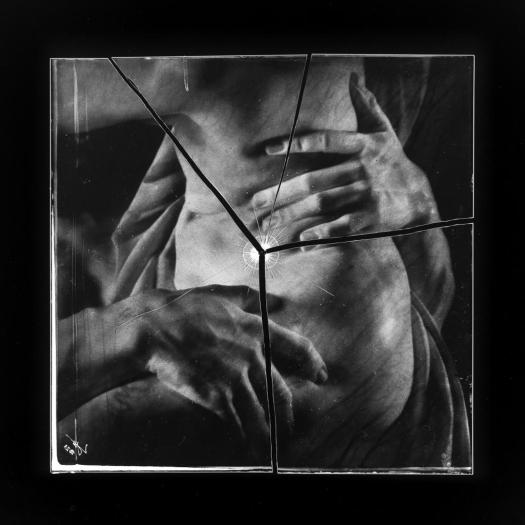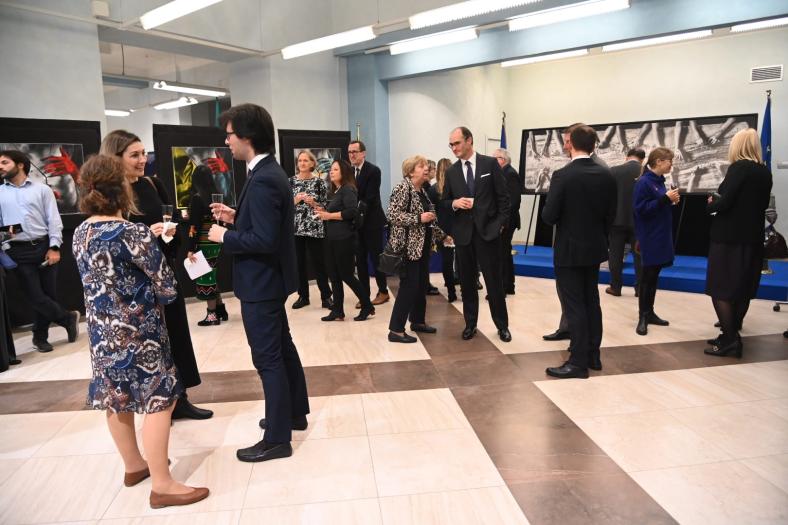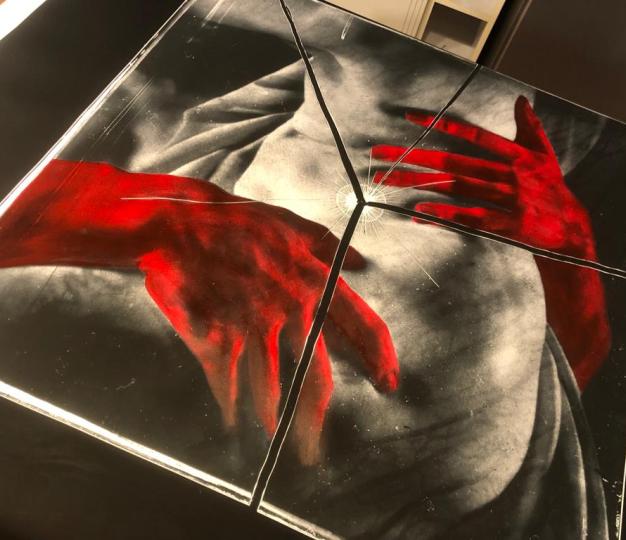It's happening all over the world!
Violence against women and girls is happening all over the world. It is a brutal form of discrimination and a violation of fundamental human rights. One in three women have experienced physical or sexual violence and more than five women or girls are killed every hour by someone in their own family. Its prevalence is hard to estimate, as, on average, only 40 % percent of women who have suffered violence seek help or report it. Online violence is on the rise, with one in two young women experiencing gender-based cyber violence.
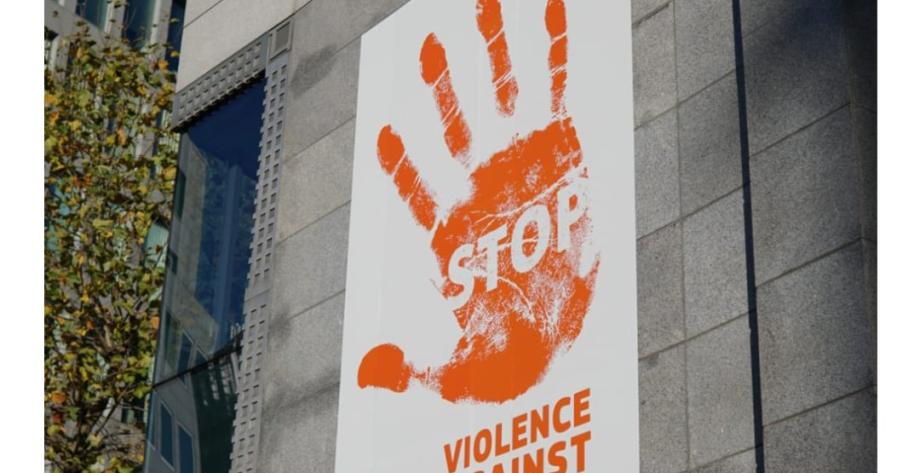
Violence against women and girls is a scar on all societies. Fighting it means more than striving for gender equality. It means fulfilling basic human rights.
The EU Proposal:
Changing negative social attitudes and discriminatory practices and involving men and boys are essential for preventing gender-based violence. The European Union has made progress on addressing violence against women and girls in the past years.
On 8 March 2022, the European Commission adopted a proposal for a Directive to combat violence against women and domestic violence. The proposal aims to ensure that all Member States have minimum standards in place for criminalising violence against women, protecting and supporting victims, granting them access to justice and preventing such violence from happening in the first place. On 21 February 2023, the Council agreed to move forward with the EU’s accession to the Council of Europe Convention on Preventing and Combating Violence against Women and Domestic Violence (the Istanbul Convention).
On October 1 2023, the Council of Europe’s Istanbul Convention entered into force for the European Union. It is a milestone for the EU’s efforts to achieve a fundamental value and a core priority of the EU: gender equality. This video explains why it matters for the European Union to be part of this legal instrument to end gender-based violence and promote gender equality.
Global Database on Violence against Women
On an international level, efforts to eliminate violence against women led world leaders to establish the Global Database on Violence against Women, an online tool that increases opportunities to exchange experiences and strengthen knowledge to prevent and stop violence against women.
The Global Database on Violence against Women, managed by UN Women, provides easy access to comprehensive and up-to-date information on measures undertaken by United Nations Member States to address all forms of violence against women.
Photo expo by Danilo Mauro Malatesta
curated by Marina Sonzini
Rumore bianco
The Rape of Proserpina in Bernini's perfectly white marble
Malatesta started working with the wet plate collodion technique in 2017 and his world is made of monochromatic transparent images. At the beginning of 2023, he found himself in front of Bernini’s marble: Il Ratto di Proserpina with a 100 megapixel camera. It was the first time he was taking pictures of the artwork which was born without any other colour than pure white. The myth had already been told by many others; in fact, it was created to be passed on. A myth about brutal violence, the story of a girl kidnapped, raped, and torn from her mother and from her age of innocence....
Triclinium Pauperum (2022)
The Charity table of Pope Gregory I the Great
Inside the Santa Barbara oratory next to Sant’Andrea al Celio Church in Rome, a few steps from the FAO HQ, there is preserved since over 1400 years a marble table from the Roman times on which, around 600 a.d., Pope Gregory I the Great and his mother Saint Sylvia used to feed twelve needy persons. It is traditionally considered as the first table of the poor, which both started the Christian ceremony of “Coena Domini” (which was held here until 1870) and the charity as the Christianity response to poverty. It is believed (this is what the later inscription recalls) that a miracle happened here: an angel once appeared at the head of the table to signify that God is wherever compassion is.
At this table, Pope Wojtyla and Mother Theresa came to pray. This table has been telling for centuries a story of welcoming those in need, offering them not just food, but dignity: the dignity of a safe shelter where to eat and to be treated with respect.
Malatesta wanted to make a picture to actualize that gesture of charity. There is no actual food on his table, but arms and hands extended to each other. Twelve people seated like at the traditional supper, but their food for the third millennium is dialogue, is meeting and trying to understand each other. Those in need are nowadays not only hungry people or homeless; they might be refugees, orphans, unemployed, sick, disabled, elderly, migrants, victims of violence, including women and abused children. The food offered to all of them must be respect, dignity and listening.
Their empty hands are asking for empathy, not for alms; they are offering their stories, their humanity, their forgiveness. They are ready to take each other’s hands and share their destiny with other human beings, as each single life matters and each life is sacred.
Dialogue is the only “miracle” today which might stop wars, injustice, abuses.


